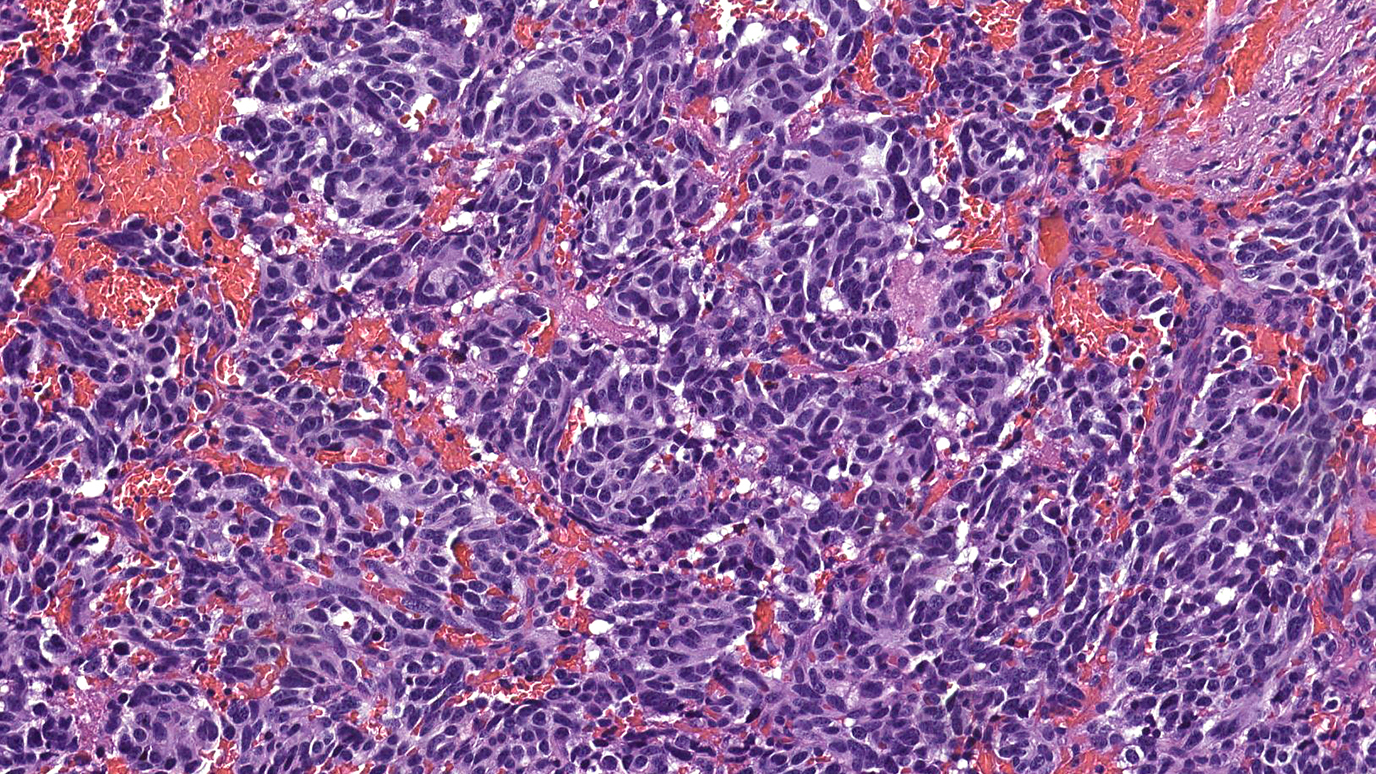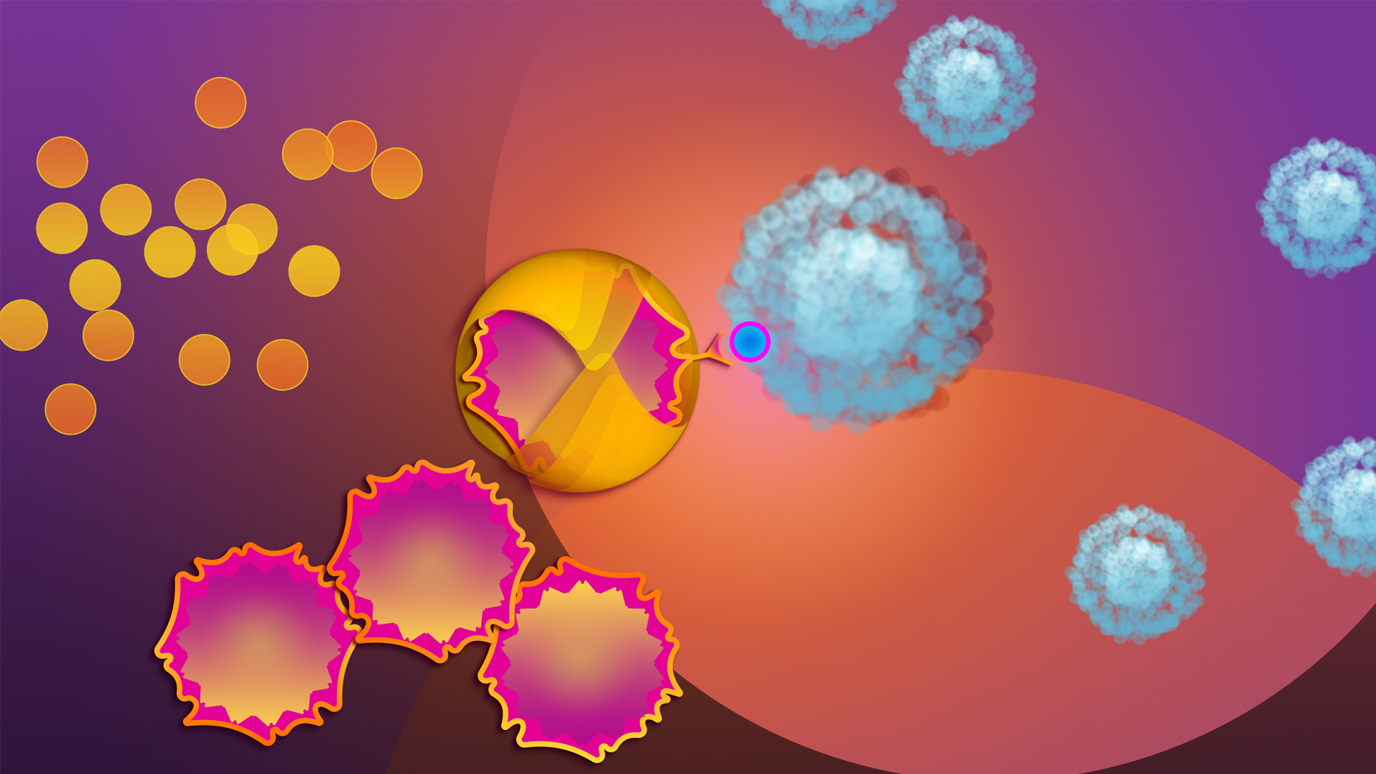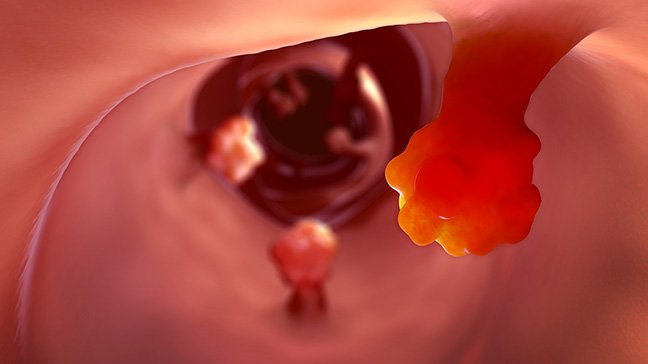- Diseases
- Acoustic Neuroma (16)
- Adrenal Gland Tumor (24)
- Anal Cancer (70)
- Anemia (2)
- Appendix Cancer (18)
- Bile Duct Cancer (26)
- Bladder Cancer (74)
- Brain Metastases (28)
- Brain Tumor (234)
- Breast Cancer (726)
- Breast Implant-Associated Anaplastic Large Cell Lymphoma (2)
- Cancer of Unknown Primary (4)
- Carcinoid Tumor (8)
- Cervical Cancer (164)
- Colon Cancer (168)
- Colorectal Cancer (118)
- Endocrine Tumor (4)
- Esophageal Cancer (44)
- Eye Cancer (36)
- Fallopian Tube Cancer (8)
- Germ Cell Tumor (4)
- Gestational Trophoblastic Disease (2)
- Head and Neck Cancer (14)
- Kidney Cancer (130)
- Leukemia (342)
- Liver Cancer (50)
- Lung Cancer (286)
- Lymphoma (278)
- Mesothelioma (14)
- Metastasis (30)
- Multiple Myeloma (100)
- Myelodysplastic Syndrome (60)
- Myeloproliferative Neoplasm (6)
- Neuroendocrine Tumors (16)
- Oral Cancer (102)
- Ovarian Cancer (178)
- Pancreatic Cancer (160)
- Parathyroid Disease (2)
- Penile Cancer (14)
- Pituitary Tumor (6)
- Prostate Cancer (150)
- Rectal Cancer (58)
- Renal Medullary Carcinoma (6)
- Salivary Gland Cancer (14)
- Sarcoma (238)
- Skin Cancer (300)
- Skull Base Tumors (56)
- Spinal Tumor (12)
- Stomach Cancer (66)
- Testicular Cancer (28)
- Throat Cancer (92)
- Thymoma (6)
- Thyroid Cancer (100)
- Tonsil Cancer (30)
- Uterine Cancer (86)
- Vaginal Cancer (18)
- Vulvar Cancer (22)
- Cancer Topic
- Adolescent and Young Adult Cancer Issues (22)
- Advance Care Planning (12)
- Biostatistics (2)
- Blood Donation (18)
- Bone Health (8)
- COVID-19 (360)
- Cancer Recurrence (120)
- Childhood Cancer Issues (120)
- Clinical Trials (628)
- Complementary Integrative Medicine (22)
- Cytogenetics (2)
- DNA Methylation (4)
- Diagnosis (238)
- Epigenetics (6)
- Fertility (62)
- Follow-up Guidelines (2)
- Health Disparities (14)
- Hereditary Cancer Syndromes (128)
- Immunology (18)
- Li-Fraumeni Syndrome (8)
- Mental Health (122)
- Molecular Diagnostics (8)
- Pain Management (62)
- Palliative Care (8)
- Pathology (10)
- Physical Therapy (18)
- Pregnancy (18)
- Prevention (936)
- Research (390)
- Second Opinion (78)
- Sexuality (16)
- Side Effects (616)
- Sleep Disorders (10)
- Stem Cell Transplantation Cellular Therapy (216)
- Support (408)
- Survivorship (328)
- Symptoms (182)
- Treatment (1788)
Study links contralateral breast cancer with dense tissue
2 minute read | Published February 08, 2017
Medically Reviewed | Last reviewed by an MD Anderson Cancer Center medical professional on February 08, 2017
Breast cancer patients with dense breast tissue have almost a two-fold increased risk of developing disease in the other breast, according to new research from MD Anderson Cancer.
The study, published in the journal Cancer, is among the first to find the association between breast density (BD) and what is known as contralateral breast cancer (CBC). Dense breasts have a lot more fibrous connective tissue and glandular tissue and little fatty tissue.
According to study author Isabelle Bedrosian, M.D., a big challenge in the management of this patient population, especially as they are making surgical decisions, is trying to counsel women appropriately on their risk of developing breast cancer in the other breast.
“We know there are a number of well-established influences for developing both primary and secondary breast cancers, such as BRCA mutations, family history and the tumor’s estrogen receptor status,” explained Bedrosian, a professor of Breast Surgical Oncology. “We also know density is a risk factor for the development of primary breast cancer. However, no one has closely looked at it as a risk factor for developing contralateral disease.”
The estimated 10-year risk for women with breast cancer off developing CBC can be as low as 2%, and as high 40%, said Bedrosian. The dramatic range is mostly due to the variability of risk factors across the patient population, she explained.
For the retrospective, case-controlled study, the researchers identified 680 stage I, II and III breast cancer patients, all treated at MD Anderson between 1997 and 2012. BRCA patients were excluded from the study, given their known increased risk of CBC.
Women with an additional diagnosis of metachronous CBC – defined as breast cancer in the opposite breast diagnosed more than six months after the initial diagnosis – were the “cases,” and patients who had not developed CBC were the “controls.” Cases and controls were matched on a 1-2 ratio based on a number of factors, including age, year of diagnosis and hormone receptor status.
Of the selected patients, 229 were cases and 451 were controls. The MD Anderson researchers categorized each patient’s breast density by mammogram reading, assessed at the time of first diagnosis, as “nondense” or “dense,” using the categorizations from the American College of Radiology.
Among the cases, 39.3% were classified as having nondense breast tissue and 60.7% as having dense breast tissue, compared to 48.3% and 51.7%, respectively, in the controls.
After adjusting for known breast cancer risk factors, the researchers found almost a two-fold increased risk of developing CBC in breast cancer survivors with dense breasts.
Read more about this study in MD Anderson’s Newsroom.






